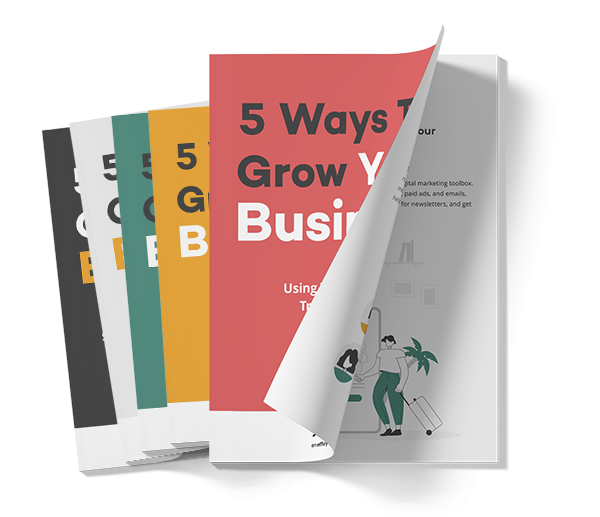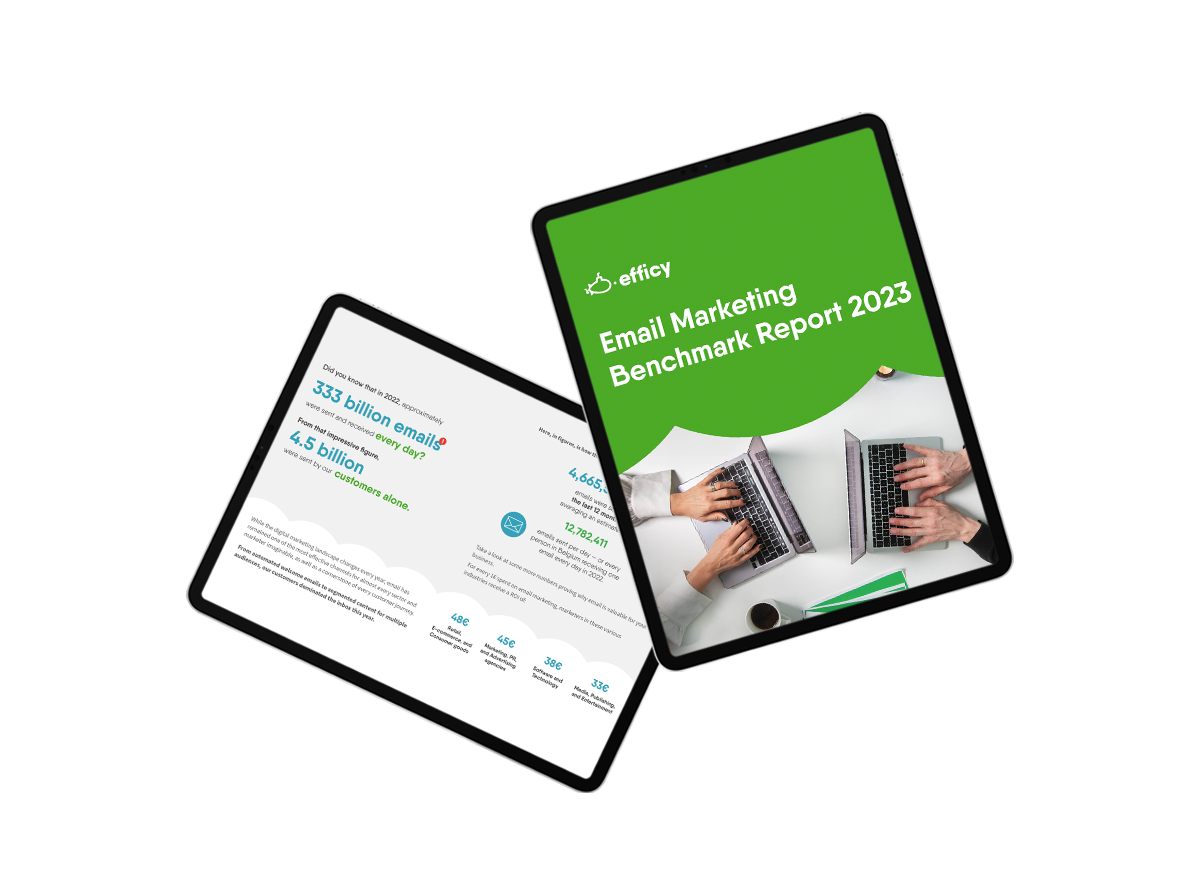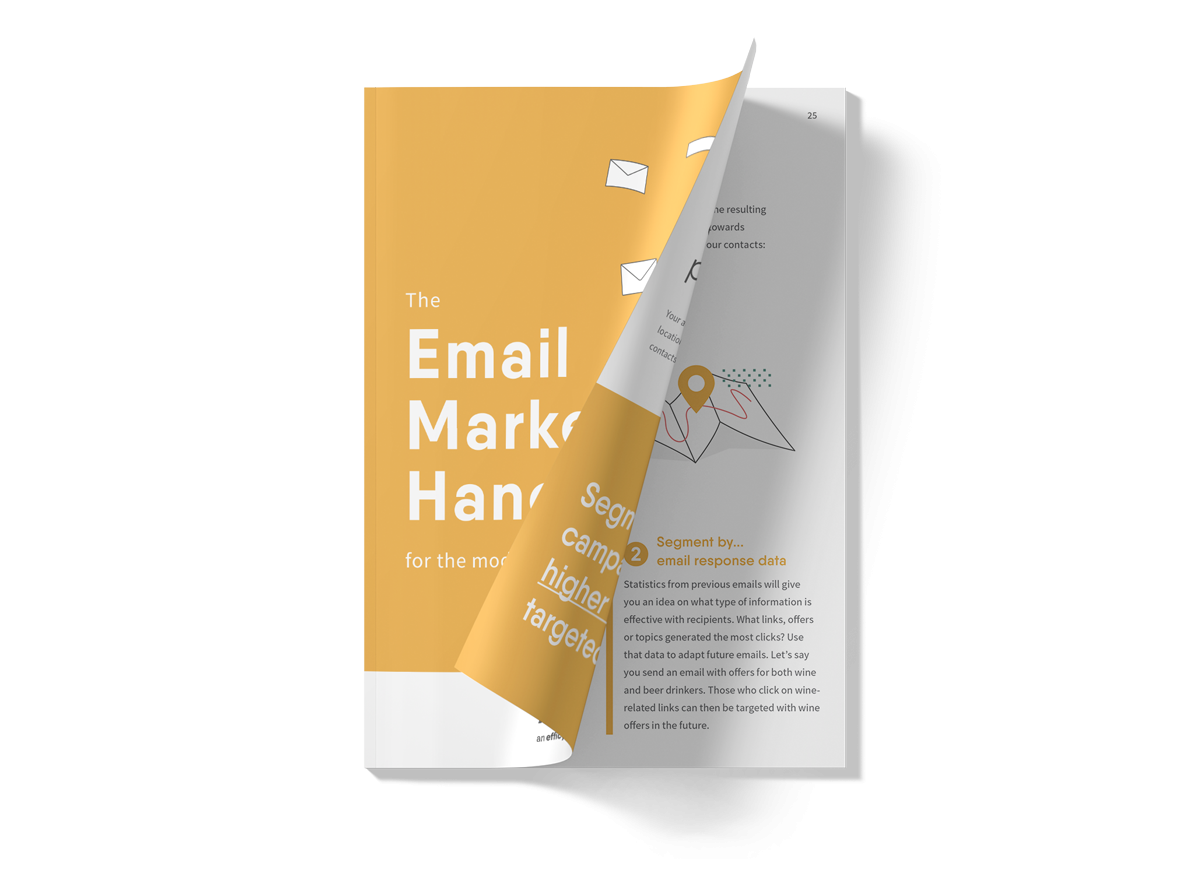Image
Nov 22
| 4 minutes
read
How data can help marketers deal with organisational change
Despite our continued evolutionary progress over hundreds of thousands of years, we as humans still struggle to understand the implications of industrial and technological change. Marketers are no exception.
I’ve just finished reading a book called ‘Sapiens’ by Yuval Noah Harari that explores this very topic, and observes how developments that are supposed to be positive actually end up having a negative impact.
Nowadays of course, the rate of change is incredibly fast, and none more so than for marketers. We all know this, we acknowledge it, chat around the bar about it – but in reality we all totally fail to really understand the real/true implications of change.
All heavy stuff. So what has all this got to do with marketing and data? Well, what a leading academic sees across the centuries, we encounter every day! I speak to senior managers who acknowledge there is massive change, they nod sagely and talk about multichannel, big data and CX, but are overly informed by either their own or their organisation’s legacy and fail to really understand the implications of change.
For instance, here are two scenarios we see regularly where change represents an obstacle that is all too cumbersome for marketers to overcome, despite the attractive benefits:
Putting the customer first… sort of…
We recently engaged with a client for whom we were using real-time, consumer-generated digital data to inform an offline sales team what actions they should take that were relevant and appropriate for each consumer. Within a matter of days we accessed the data, enriched and interpreted it and developed some simple strategies, which the client estimated would generate around £1m in additional revenue within a year.
All of this would be achieved using existing data and technologies, so no capital spend – just the sort of thing to keep management and the board happy. What could possibly be the downside?
…Then we encountered ‘The Sapiens’. From there, it took a further 6 months for the company to figure out which department owned the data, how to apportion cost and how to balance off the fact that effort provided by the digital team delivered benefits into the offline team. All this from a company that claimed putting its customers first was an essential ingredient of its marketing approach.
Two years to create a Single Customer View!?
Another often repeated response I hear is the company’s 2 or 3-year plan to create a single customer view. Just think about this for a second: How many acquisition, retention and CX strategies are running in your business today that could have been envisioned in 2012? (expand slightly re structured data)
In the first example, technology delivered a benefit that organisations’ hierarchies and structures couldn’t handle. In the second, organisations are spending thousands of pounds on something that will in effect be completely irrelevant by the time it is switched on.
(This is not to say that traditional structured back office and CRM data isn’t of value, but its value needs to be used in a manner and at a time relevant to the consumer, rather than the company).
It is not enough to say that you recognise change, get IT to purchase another application or tool, stitch some more data together and generate insight 24 hours after the point that its relevant to the consumer.
Real-time, cross-channel data should inform the engagement. Anything short of that is just an extension of the traditional marketing approach of telling the consumer what marketers think they need, when marketers think they need it.
Three ideas where data can help
Here are three ideas marketers should consider when faced with technological and organisational change, while still maintaining a customer focus:
- Use real-time, unstructured data in conjunction with your organisation’s rich, structured, historical data. Then use the results to inform real-time communications
- The same data should also inform what technology is needed, not the other way around. The latter is typified by an RFI/P approach and often leads to increasing and unnecessary complexity and costs
- Ditch the RFI/P approach and develop an iterative process instead
Perhaps these ideas can go some way to alleviating the challenge of inevitable and constant change faced by marketers?



